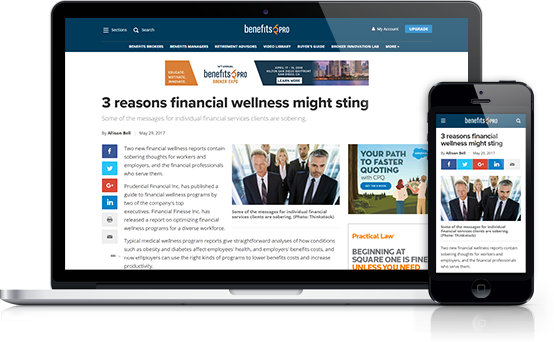Since 2000, there've been at least five academic studies in behavioral finance that prove giving 401(k) plan participants too many choices leads to bad outcomes. Too much choice can both “demotivate” them and lead them to make poorer long-term investment decisions. In fact, a study released late last year concluded “we find that larger menus are objectively worse than smaller menus.”
Academic evidence suggests a 401(k) plan should have anywhere from three and, perhaps, nine choices. Any practitioner, however, will tell you corporate politics can often generate dozens of options. Here's a simple way to satisfy both the ivy tower and the board room—place mutual fund options in distinct “decision-style” categories. Before they consider any investment options, have employees first identify the appropriate category they should choose from.
Let's explore this through an example.
Recommended For You
Complete your profile to continue reading and get FREE access to BenefitsPRO, part of your ALM digital membership.
Your access to unlimited BenefitsPRO content isn’t changing.
Once you are an ALM digital member, you’ll receive:
- Breaking benefits news and analysis, on-site and via our newsletters and custom alerts
- Educational webcasts, white papers, and ebooks from industry thought leaders
- Critical converage of the property casualty insurance and financial advisory markets on our other ALM sites, PropertyCasualty360 and ThinkAdvisor
Already have an account? Sign In Now
© 2025 ALM Global, LLC, All Rights Reserved. Request academic re-use from www.copyright.com. All other uses, submit a request to [email protected]. For more information visit Asset & Logo Licensing.








